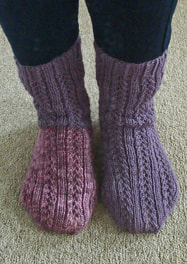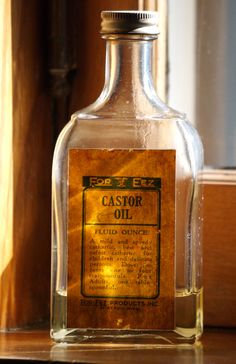Why do an food elimination diet?The elimination diet, also known as a challenge diet is used to determine which foods, if any, are contributing to health symptoms through a process of elimination and reintroduction. There are lab tests for food sensitivities, but they are expensive and of only moderate accuracy. Although a diet change of this magnitude can be difficult, it is considered the gold-standard for evaluating food sensitivities. Many patients feel the results are more than worth the trouble, especially when they experience relief from problems that have been plaguing them for year.
Procedure: For 4 weeks eliminate processed foods and suspect foods - which may include gluten, dairy, soy, corn, nuts (especially walnuts and peanuts), nightshades (tomatoes, potatoes and peppers) and citrus fruits (oranges, lemons and grapefruit). It is easiest to think of this in terms of what you CAN have: most vegetables (except nightshdes), all meat (except processed meats, most fruit (except citrus). For grains, rice and quinoa are the best choices. If a cheesy flavor/texture is desired, there are recipes with cashews that are acceptable substitutes. After four weeks, choose one food, reintroduce it at one meal - watch your physical, mental and mood symptoms for 3 days. If no change, eat that food at several meals in one day, and again observe for 3 days. If no change, this food is probably fine for you. If there are symptoms, remove the food and wait a week before challenging the next one (You don't want to do this again! Be patient!). It may be useful to keep a calendar or journal of symptoms and foods. Remember: you are ELIMINATING, not just reducing, the foods in question. The stricter you are, the better your information will be. Doctor Anne is available to answer questions about eliminating food groups from your diet without creating nutrient deficiencies. Schedule your appointment here. For ideas and recipes Websites Gluten-free Goddess Gluten-free Girl Books The Anti-Inflammatory Diet & Recipes by Jessica Black, ND
0 Comments
Equipment
Procedure
Uses & ApplicationsFor head colds, sinus infections, sinus congestion, sore throats, headaches and insomnia. How It WorksYour body’s response to the cold and wet stimulation of the feet is to shunt blood to the feet to warm and dry them. This reflex action shunts blood away from the sinuses and head, thereby decreasing the volume of fluid available to contribute to the sinus congestion and increasing circulation.
How it works:
|
ArchivesCategories |
Services |
Doctor Anne |
|




 RSS Feed
RSS Feed